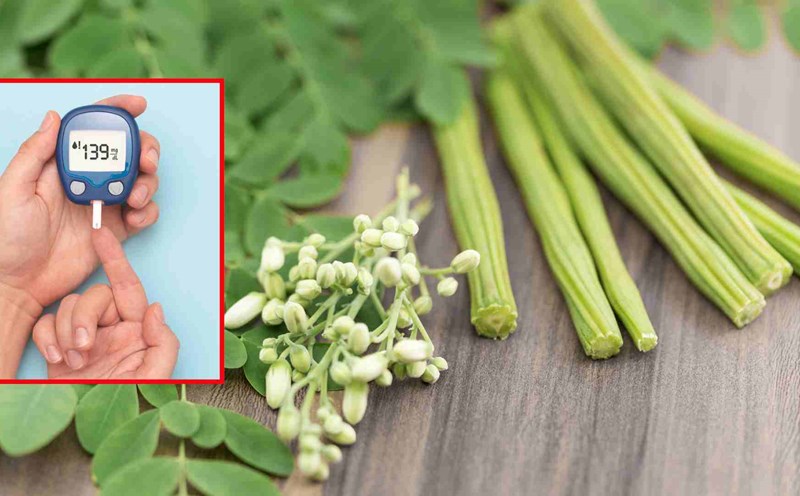Outstanding nutritional value
The Moringa is a wild plant with small leaves, round leaf tips, and at first glance looks quite like Malabar spinach. In recent years, Moringa has been grown and used more thanks to its rich nutritional composition.
An overview published in the Journal of Food Science and Technology in 2016 recorded that Moringa leaves contain more than 90 types of nutrients, 46 antioxidants and 18 types of amino acids. The calcium content in leaves is many times higher than milk, vitamin C is 7 times higher than oranges, potassium is 3 times higher than bananas. Research published in Frontiers in Plant Science in 2023 in Botswana also shows that dried Moringa leaves contain up to 520mg of calcium per 100g, along with many other essential minerals.
Thanks to this ingredient, in many African and South Asian countries, Moringa is considered a "nourishing plant" to supplement micronutrients for the community, especially in areas with high rates of malnutrition.
Many health benefits
Rich in nutrients, Moringa brings many positive effects on the body. High calcium content helps support the skeletal system and prevent osteoporosis in the elderly. The abundant potassium content contributes to electrolyte balance, dilation of blood vessels and helps control blood pressure, thereby protecting the cardiovascular system.
In addition, flavonoids and polyphenols in leaves help cells become more sensitive to insulin, limiting the situation of high blood sugar after meals, thereby benefiting people with type 2 diabetes. High levels of vitamins A and C along with antioxidants such as quercetin and chlorogenic acid also contribute to cell protection, boost immunity and slow down the aging process. With its high fiber and low calorie properties, Moringa also helps create a feeling of fullness, suitable for people who want to control their weight.
In processing, Moringa can be used as a regular vegetable. The young leaves are cooked in soup, mixed with salad or blended smoothies. In addition, people also dry, crush the flour to mix and drink or add to dishes to increase nutritional value.
Notes when using
Although considered a "golden food", Moringa is not everyone's favorite. Some studies warn that leaves contain phytate and oxalate substances that can reduce the ability to absorb minerals. Eating too much Moringa can cause bloating and indigestion, especially in people with sensitive intestines.
Pregnant women are advised not to use this vegetable because some compounds have the ability to cause uterine contractions, increasing the risk of miscarriage or premature birth. People being treated for thyroid disease, diabetes, and blood pressure also need to be careful because Moringa can interact with drugs, leading to reduced effectiveness or increased side effects.
Nutritionists say that Moringa should only be considered a source of vegetables rich in micronutrients to supplement meals, used in moderation and combined with a varied diet. Abusing or using it as a "pharmotherapy" has many potential health risks.
Understand correctly to use correctly
Moringa is truly a valuable food source, containing many nutrients necessary for the body and can contribute to the prevention of some chronic diseases. However, to take advantage of this benefit, people need to understand correctly, use it properly and consult a medical professional when necessary.
Only when used scientifically, Moringa will truly enhance its value, becoming a safe and effective source of nutritional supplement in daily meals.










